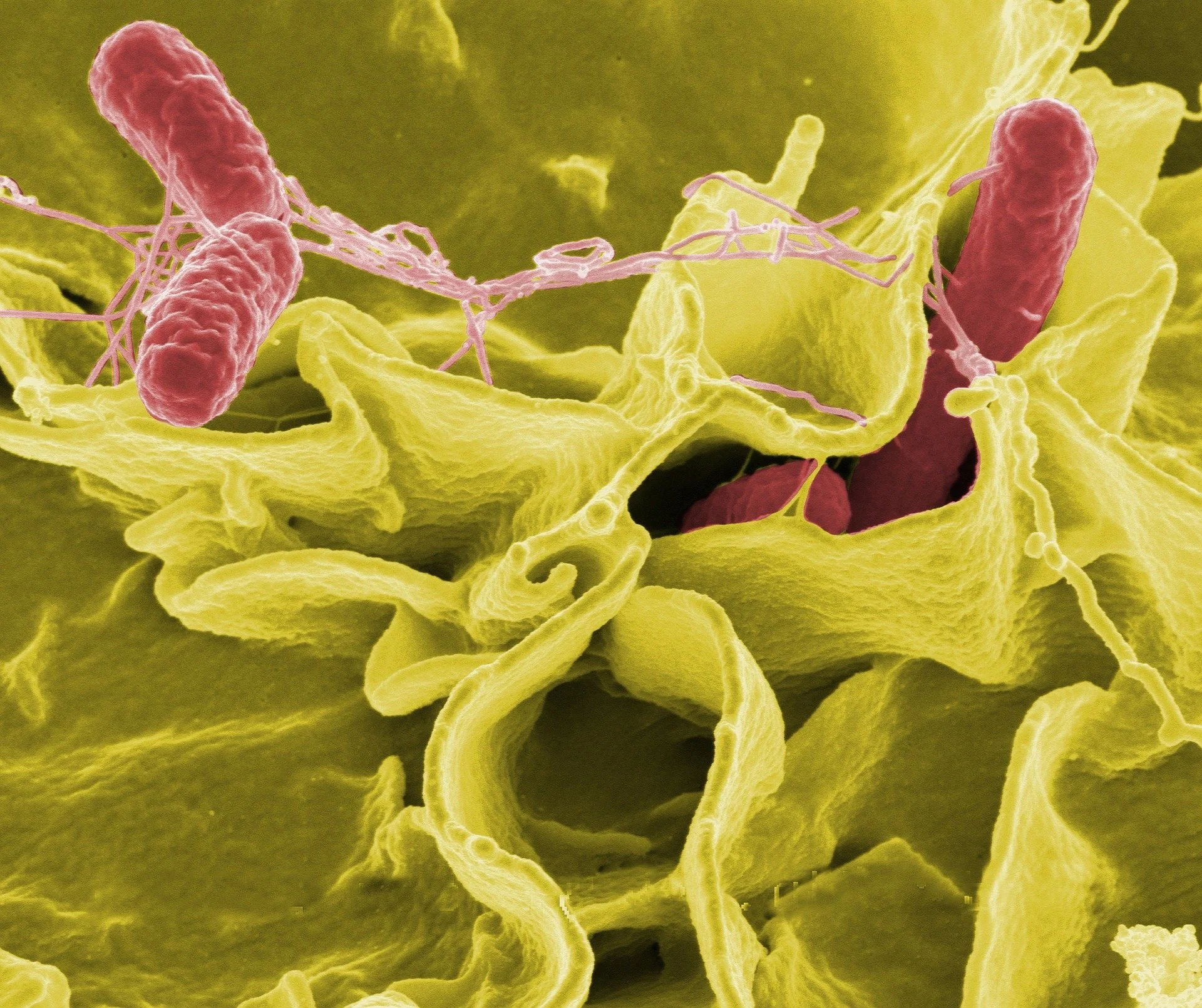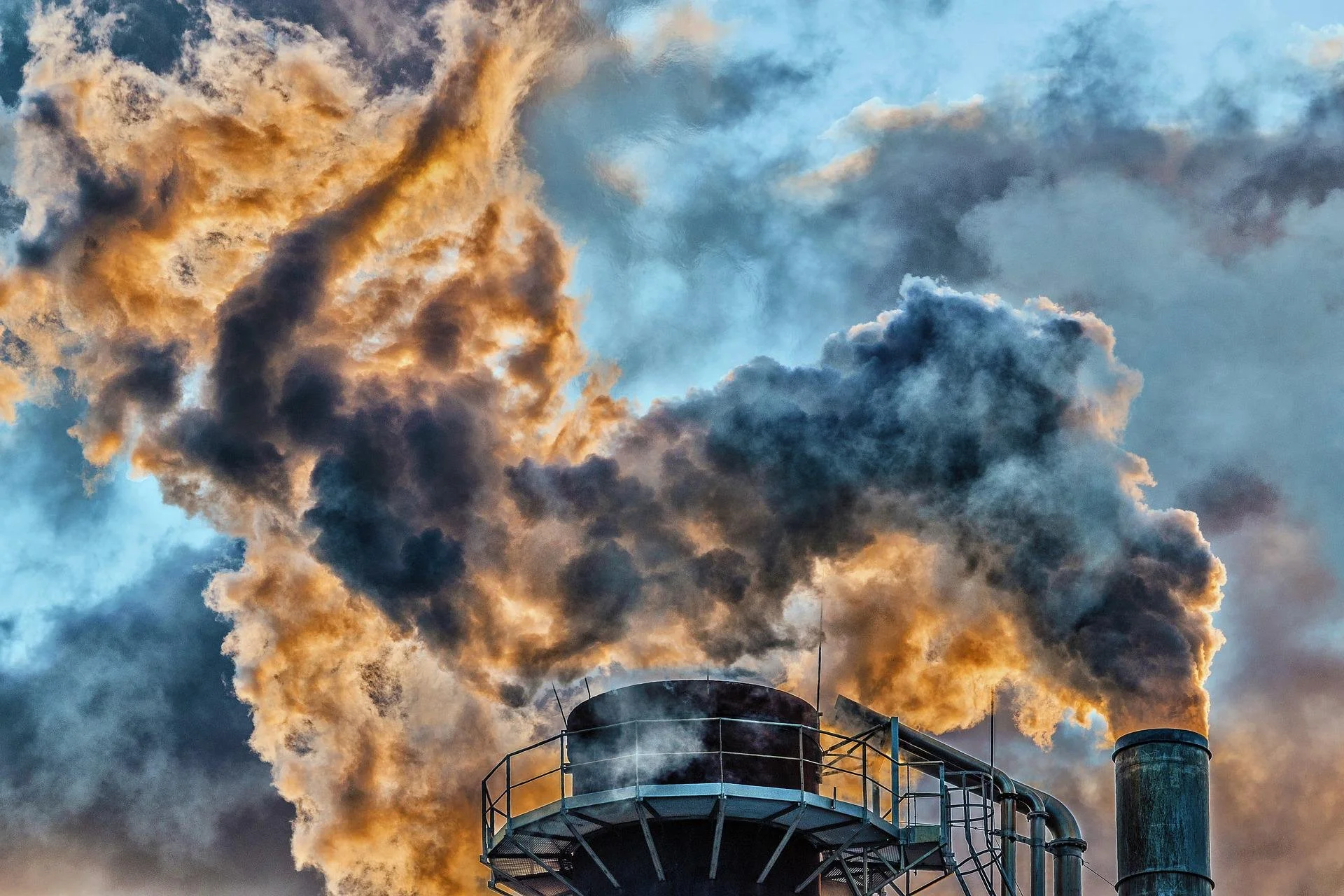A “marvellous cooperative arrangement”
By Jake Robinson
“What a marvellous cooperative arrangement - plants and animals each inhaling each other's exhalations, a kind of planet-wide mutual mouth-to-stoma resuscitation.” – Carl Sagan
This blog is about relationships and biological exchanges between our ‘selves’ and our environments. Our bodies, health, and behaviour are fluid and inseparable from the rest of nature.
Have you ever thought about how our bodies and the environments around us constantly exchange particles and lifeforms—a continuous flux of energy and matter? Nature (incl. humans) is a densely tangled web of interrelated elements and subjects bound together in a close-knit relationship.
And the numbers in this relationship are astounding. With each breath, we inhale more air molecules than there are grains of sand on all the world’s beaches. We each inhale up to 15,000 l of air every day, exposing our ‘walking ecosystems’ to an array of invisible biodiversity.
Each day we inhale life: up to 60,000 fungal spores, 6 million bacteria and similar cells, and the same for viruses. But we also emit a million biological particles from our bodies every hour. A person's mere presence in a room can add 37 million bacteria to the air.
“This multi-species exchange is beautiful and continuous.”
This multi-species exchange is both beautiful and continuous. Imagine walking through a forest, and a fly lands on your body. This brief organic connection allows a flurry of microbes from your body to join the fly’s body and a flurry of microbes from the fly’s body to join yours.
Before this, you brushed against a tree and exchanged microbes, your body coated with new invisible friends. Before touching down on your body, the fly visited a tree, a boulder, or another animal, connecting, exchanging, connecting, exchanging—a biological internet.
We also inhale vast amounts of grains. These windblown particles ensure the survival of flowering plants! The Ancient Egyptians described pollen as a “powder that gives life”. Between 2,500-20,000 pollen grains are inhaled by each of us every day.
We also replace about 330 billion of our body’s cells daily without noticing. This is equivalent to around 1% of all our cells (approximately 30 trillion). Therefore, every 80 to 100 days, 30 trillion cells would have replenished—the equivalent of a new you in cell numbers!
But it’s not just bacteria and pollen that connect with our bodies; tiny animals and animal-like critters do too. Our microbiome contains protozoans—microscopic animal-like eukaryotes that interact with our bacteria. And billions of us harbour tiny worms...and…arachnids!
Demodex mites (arachnids) bury themselves in the follicles of our skin. 99.9% of us have perhaps 2 million mites living on/in our skin. They come out to party at night and get freaky on your body, especially your face – eeek. Your skin is a barrier. But it’s also a home and a brothel.
Now, let’s think about gases. Collectively, we extract nearly six trillion tonnes of oxygen from the air each year. And in one day, the average person breathes out around 500 litres of the greenhouse gas CO2, amounting to around 1kg in mass.
And what about…flatulence? The average person produces 0.6–1.8 litres of intestinal gas each day. Healthy individuals pass gas between 12 and 25 times a day, and 99 percent of the gas consists of nitrogen, oxygen, carbon dioxide, hydrogen, and methane.
And pollution? This affects our bodies, the life around our bodies, and the life we bring into our bodies. Some of us breathe in around 220 million tiny PM2.5 particles every day, or just over 2,500 per second. Pollution can negatively affect our microbiomes and our health.
Some reports suggest a child born in Warsaw in Poland today will inhale air pollution is equivalent to smoking 1,000 cigarettes in the first year of life due to burning fossil fuels.
Other reports put Krakow in Poland at 4,000 cigarettes per year. On a bad day, air pollution in Beijing would be equivalent to smoking 25 cigarettes per day. And in Shenyang, where the worst ever levels of air pollution were recorded, this figure is a whopping 63 cigarettes per day.
“What we do to our environments, we do to ourselves.”
The average person breathes in around 50 billion dust particles an hour. Interestingly, the flakes of skin that people shed (which contribute to dust) at the rate of 500 million cells every day may play a role in reducing indoor air pollution. Squalene in skin cells has been shown to reduce ozone.
There are other forms of pollution that we seldom consider: artificial light and noise pollution. We produce inordinate amounts of noise and light in our dense urban jungles. Recent studies suggest this can also affect our microbiomes and our surrounding ecosystems. What we do to our environments, we do to ourselves.
The health of our ‘walking ecosystems’ and the ecosystems we walk in is deeply interconnected by an array of organic connections, biological exchanges (an invisible gift economy), and our behaviours and actions.
We are all in this together. To protect nature is to protect our collective ‘selves’. It’s time for a shift towards this collective thinking.
NB: Interestingly, another mind-blowing number that I didn’t include in the blog involves that of our atoms. We think of atoms as incomprehensibly small. Yet the nuclei within the atoms are around 100,000 times smaller than the atoms they’re housed in. If the nuclei (which themselves contain protons and neutrons) were the size of a nut, the atom would be about the size of a football stadium! Mind blown.
Find out more about the secret life of these interconnections in my forthcoming book Invisible Friends—soon to be published by Pelagic Publishing.



